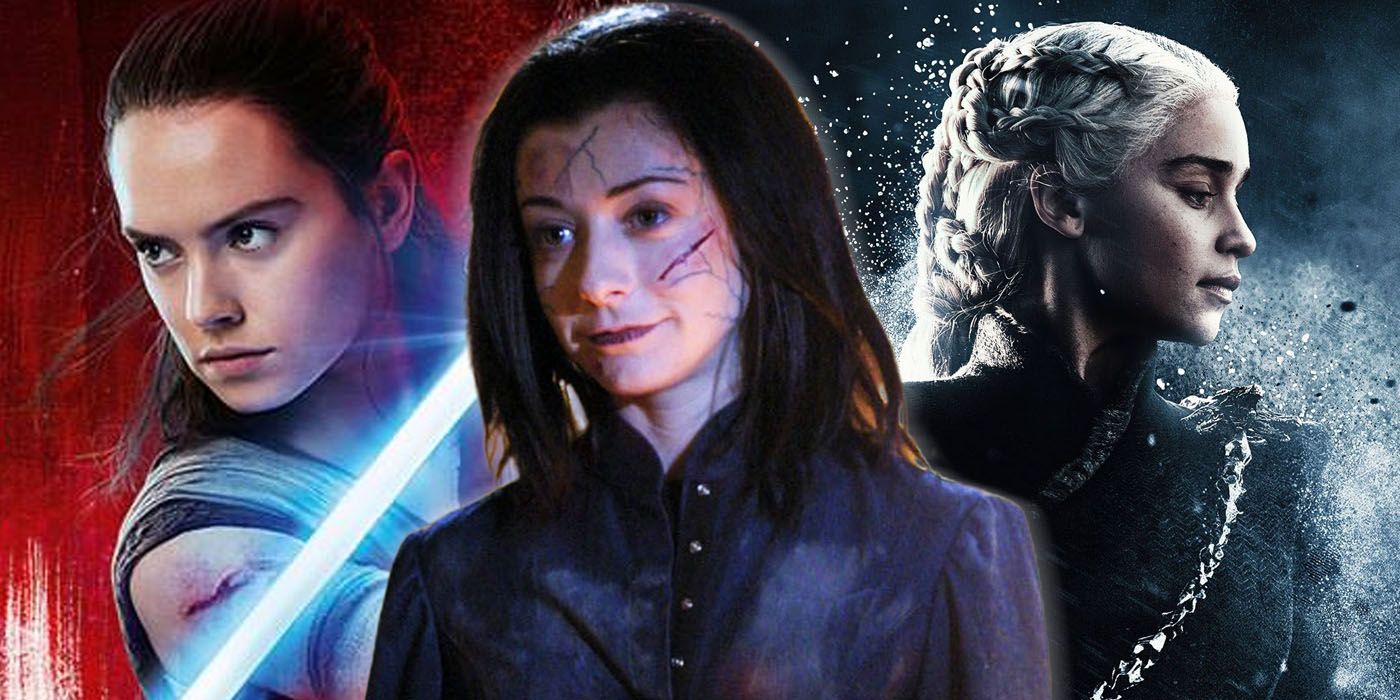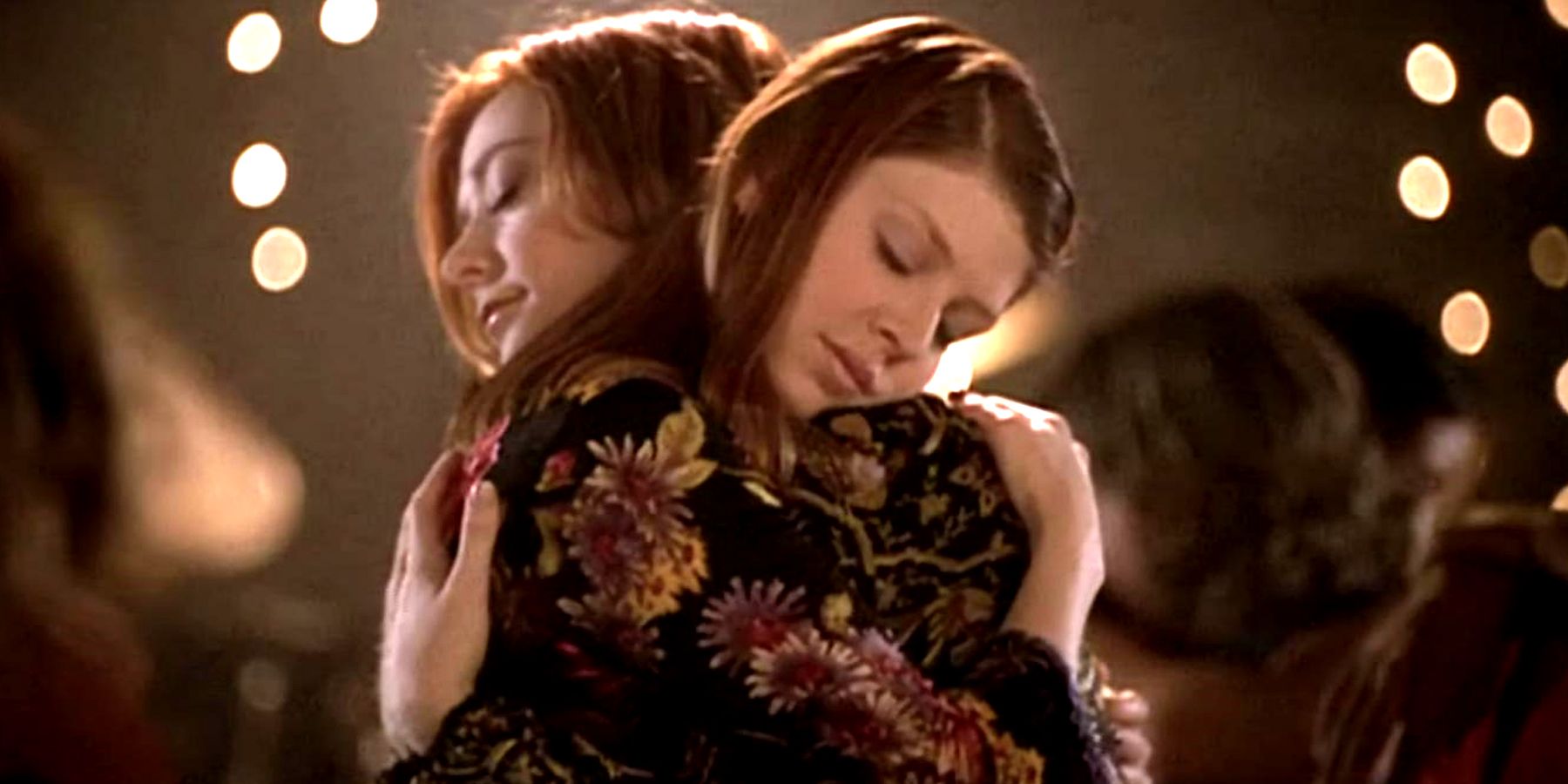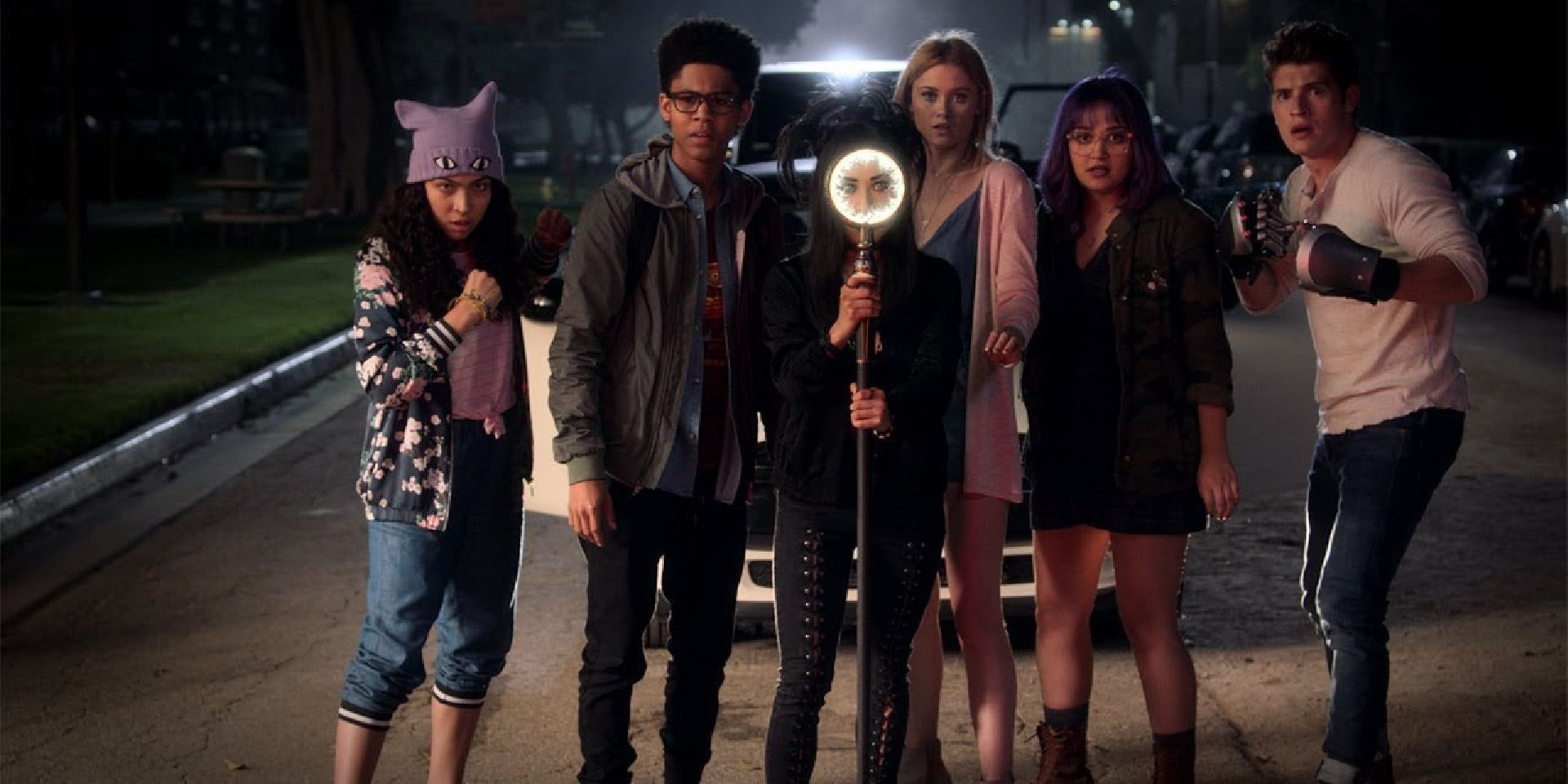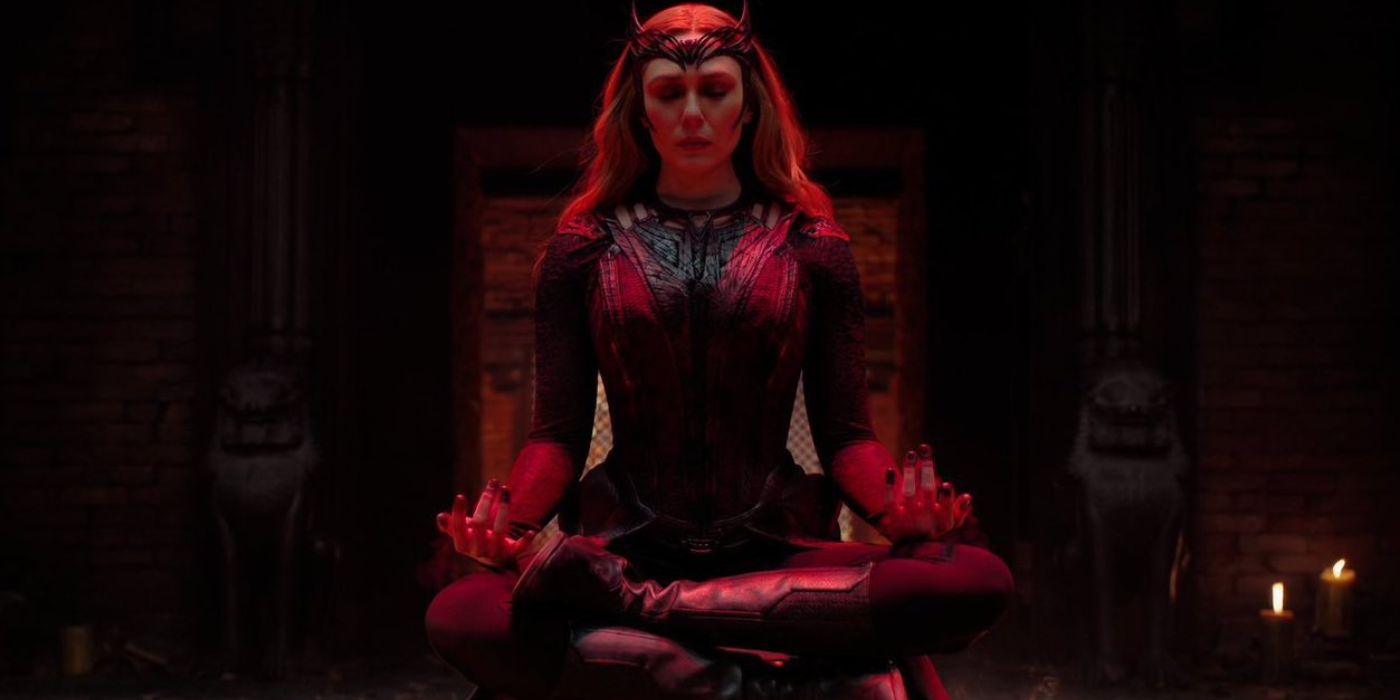In the sixth season of Buffy the Vampire Slayer, longtime protagonist Willow Rosenberg gets addicted to magic and becomes one of the season’s Big Bads. It’s a controversial plotline for several reasons, but the most concerning is that it started a trend of heroic female characters suddenly going mad with power/grief/addiction and becoming — however temporarily — the villain. The “Dark Willow” story arc has since appeared in popular shows, movies and books.
Some of the heroines who’ve gone down this path are, like Willow, magic users who get addicted to their craft (Nico Minoru from Runaways, Wanda Maximoff in Doctor Strange in the Multiverse of Madness) while others are corrupted by power (Daenerys Targaryen from Game of Thrones and Wanda again). While neither happened to Star Wars‘ Rey, it was definitely a possibility. Sometimes these characters are redeemed, brought back to the light by friends or lovers or their own good sense; other times, they meet a severe fate.
At the beginning of Buffy, Willow is depicted as a sweet, innocent bookworm. She’s able to help Buffy Summers with researching and strategy, but she’s hardly a fighter. She often messes up when she’s getting started as a witch, but magic does make her feel like a more valuable member of the Scoobies, and it helps her gain confidence in herself — something she desperately needs. Willow meets fellow witch Tara Maclay in college and quickly falls for her. They spend a season and a half in love and doing increasingly impressive magic together.
When Season 6 rolls around, though, Willow has become too reliant on magic — even casting spells to make Tara forget they’d argued. They break up, prompting Willow to get clean in hopes that Tara will trust her again … but shortly after they make up, Tara is shot and killed by Warren Mears. In response, Willow starts using magic destructively. She flays Warren alive and comes close to ending the world; only Xander Harris can save her from herself. She actively works for redemption during Buffy‘s seventh and final season while her friends forgive her; she even gets to have a truly heroic moment in the series finale “Chosen,” activating potential slayers all over the world.
Runaways‘ Nico is a practicing witch from the moment viewers meet her. Like Willow she is explicitly Wiccan, and it seems even more spiritual for her; she turned to Wicca after the tragic death of her sister Amy and it brings her comfort. Her mother Tina gifts her the Staff of One, a powerful magical implement, in the show’s first season and Nico quickly learns to use it. But as the series progresses, Nico starts to show signs of magic addiction.
When fighting, the skin around her eyes temporarily becomes cracked like the evil Kaecilius in Doctor Strange. Magic begins to come between Nico and her friends; it particularly damages her relationship with her girlfriend Karolina Dean. She even joins up with Morgan Le Fay and her coven during Runaways Season 3, though Nico ultimately decries the evil witch and helps her friends fight her.
While Daenerys doesn’t practice magic, she falls into the same trope by the end of Game of Thrones. After seven and a half seasons trying to do the right thing, she spends the series’ last three episodes falling victim to the Targaryen curse of madness. She kills indiscriminately, forces her way into power and generally behaves in ways that she’d sworn never to do. Unlike Willow and Nico, Daenerys never gets a chance to redeem herself — Jon Snow kills her to bring an end to her reign of terror. She’d dedicated herself to saving people from abuse and injustice (having experienced that herself), endured incredible loss, and met with criticism whether she was too forgiving or too harsh, While she occasionally made severe choices, she actively tried to be a good person — but her 11th-hour villainy apparently made a good plot twist.
Rey began Star Wars‘ sequel trilogy as a protagonist, but like many of the franchise’s other heroes, she was a character who could go either way. She struggled with the rules of the Jedi Order and seemed affected by her relationship with Kylo Ren. Trailers for The Rise of Skywalker included a shot of her wielding a red lightsaber and wearing black robes, hinting that she might turn to the dark side; she was also revealed to be a descendant of Emperor Palpatine. Luckily, Dark Rey turned out to be a vision and not a reality, saving Rey from this trope.
Most recently, Doctor Strange in the Multiverse of Madness includes Wanda becoming corrupted by the Darkhold. Driven by grief over losing Vision and her sons in another example of the Marvel Cinematic Universe’s motherhood problem, she goes on a magic-fueled rampage through the multiverse — even trying to kill America Chaves to accomplish her goals. Wanda ultimately realizes the error of her ways, breaks free of the Darkhold and dies in a heroic sacrifice, but she spends most of the movie as a villain… despite Doctor Strange making equally questionable choices.
This fascination with corrupting female characters is unfortunate and often problematic, especially when looking at which characters it effects. Willow and Nico are both queer characters, and Willow’s villain arc is driven by Tara being a victim of the “bury your gays” trope. Daenerys and Wanda are both framed as grieving mothers. They all experience loss and abuse, but while that adds tragedy and gravitas to a male character, it makes them (sometimes temporarily) mad — and it’s time for writers to stop relying on that trope.




